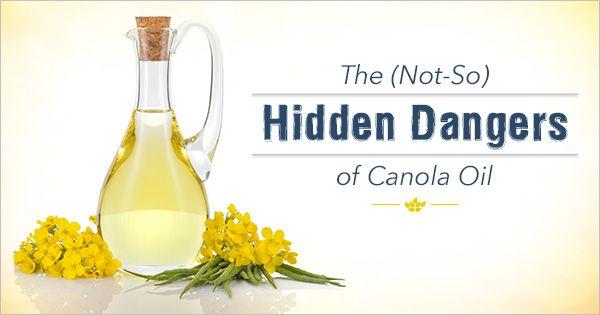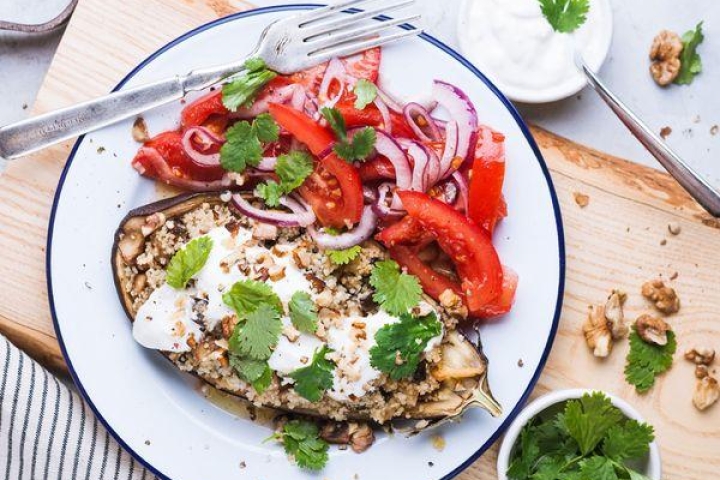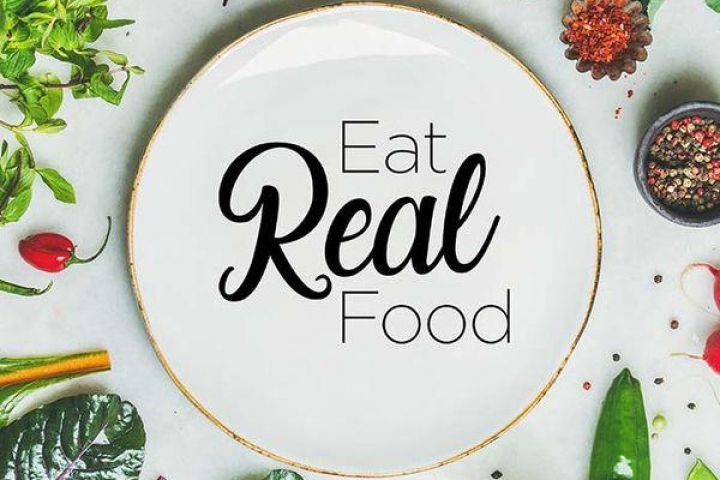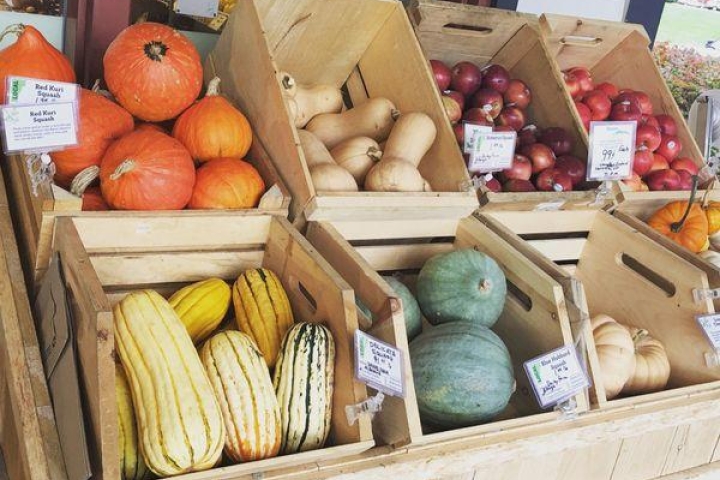The (Not-So) Hidden Dangers of Canola Oil
Despite the extensive marketing that promotes canola oil as a healthy option for cooking and salads, it is not as beneficial as claimed. Before delving into the reasons, let's first explore the origins of canola oil and the seeds from which it is extracted.
What Is Canola?
Canola oil is a processed product derived from rapeseed. In the 1970s, Canadian scientists at the University of Manitoba developed a new variety of rapeseed using natural breeding techniques to decrease the plant’s natural glucosinolates and erucic acid levels. This modified rapeseed is what we use today to produce canola oil.
The name "canola oil" was coined by the Rapeseed Association of Canada, combining "Can" for Canada and "ola" for oil, partly to distance the product from the negative connotations associated with rapeseed.
Often hailed as the healthiest of all cooking oils due to its low saturated fat content, canola oil is also rich in monounsaturated fatty acids (MUFA) like oleic acid, and polyunsaturated fatty acids (PUFA) such as omega-3s.
From Rapeseed to Canola Oil
To convert the hybrid rapeseed into canola oil, also known as “low erucic acid rapeseed (LEAR)” or “Canadian oil, low acid,” manufacturers initially heat the seeds slightly before crushing them to extract the oil.
If the process ended here, everything would be fine.
Unfortunately, producing canola oil involves more than just mild heat and pressure.
Almost all canola oil available in stores is refined using hexane, a chemical component of gasoline, which is also widely used as a “relatively safe” solvent.
Moreover, the final step in the canola oil production process includes bleaching and deodorizing with high-heat steam.
The problem is that natural omega-3s do not withstand the heat well and become rancid and foul-smelling. Deodorizing the oil, necessary to make it suitable for human consumption, transforms these omega-3s into trans fats.
Although canola oil is labeled with the GRAS (“generally recognized as safe”) designation, the production process, which removes most beneficial fats and uses “relatively safe” chemical solvents, is far from sounding safe.
Understanding the production process of canola oil raises serious doubts about the claims of it being the healthiest cooking oil.
What Happens When You Cook with Canola?
The allure of canola oil largely stems from the now-discredited belief that saturated fats are extremely harmful to health. As a processed oil with low saturated fat content, canola was perceived as the ideal solution for those following a low-fat diet.
A major issue with consuming canola oil and other heated, processed oils is that they can disrupt the ideal omega-3 to omega-6 ratio, which should be around 1:1.
Contrary to manufacturers' claims, canola oil is not an excellent source of healthy omega-3s. Furthermore, heating the oil during cooking damages any remaining omega-3s.
As a result, you may unknowingly introduce oxidized cholesterol and trans fats into your diet.
Canola oil is also commonly found in many processed foods available on supermarket shelves.
Manufacturers often use hydrogenated canola oil to extend product shelf life. While this is beneficial for stocking a pantry with non-perishable items, the downside is the intake of trans fats.
The superior alternative is to discard your canola oil and switch to organic coconut oil, which might indeed be the healthiest cooking oil available. Produced naturally, coconut oil withstands cooking heat without breaking down or oxidizing into harmful trans fats. Additionally, coconut oil can be used for a variety of other remarkable purposes around your home. Give it a try.
So, what’s your go-to cooking oil? Do you use canola, and if so, will you be making the switch?
Beyond coconut oil, there are several other healthy oils besides vegetable or canola oil. Explore our guide to healthy cooking oils and check out our infographic below.





Leave a comment